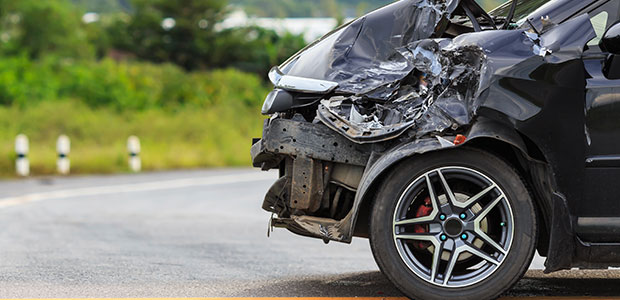
NIOSH is Seeking Input on its New 10-year Plan for Motor Vehicle Safety
Public comment has been requested on NIOSH’s 2020-2029 draft for motor vehicle safety. It aims to minimize work-related vehicle crashes as usual, but here are its new and different focuses.
NIOSH has indeed released a new draft of its 10-year strategic plan for its Center for Motor Vehicle Safety (CMVS). It hopes to use research to guide, inform, and protect drivers in occupational settings. The Dec. 16 Request for Information on the Federal Register notes that NIOSH seeks answers to the following questions:
- Does the draft plan address research that is most critical to understanding and reducing work-related motor vehicle crashes and injuries? If not, what critical research topics should be added to the plan?
- Are there research topics that are low priority or already addressed by others and, therefore, should not be included in the plan? Why should these topics not be included?
NIOSH’s 2020-2029 Strategic Plan outlines its goals, its learned information from past strategic plans, and to which industries it will give particular attention.
Motor vehicle crashes are the leading cause of work-related deaths in the United States, according to the Bureau of Labor Statistics. Crashes affect workers every day in all industries, whether they drive heavy trucks, emergency vehicles, pickup cars, and whether driving is a primary or occasional part of the job. NIOSH’s Center for Motor Vehicle Safety conducts research to prevent work-related motor vehicle crashes and resulting injuries. The CMVS conducts research, evaluates interventions, and communicates prevention information to keep workers safe.
Formal research structure on work-related motor vehicle safety did not begin until 2010, but NIOSH had been collecting data long before then. Now, research efforts work to identify crash risk factors, develop and evaluate workplace interventions to prevent crashes and injuries, and share results with employers and workers.
While motor vehicle crashes affect all industries, there are some that cause greater concern than others. NIOSH’s strategic plan makes motor vehicle safety research a priority for the following four industry sectors:
- Oil and Gas Extraction
- Public Safety
- Transportation, Warehousing, and Utilities
- Wholesale and Retail Trade
The CMVS strategic plan for 2020-2029 keeps many of the same priorities as its previous strategic plan, but it has two major differences. First, it provides more specific guidance on tactics needed to achieve the motor vehicle-related goals in the NIOSH strategic plan. Second, it goes not segment research and communication needs by industry sector; rather, it specifies strategies and activities that will benefit workers in all sectors. The latter largely reflects the “crosscutting nature” of work-related motor vehicle safety.
Of course, with a topic as widespread as motor vehicle safety, multiple strategies are needed to address the issue, especially within the four identified sectors of concern. NIOSH plans to implement the following three, overarching strategies to address worker safety in motor vehicles. The official strategy draft outlines how each strategy will be implemented in each industry sector.
- Strengthen understanding of how risk factors contribute to motor vehicle crashes and injuries in occupational settings, and communicate this information to employers, workers, and others.
- Develop and evaluate the effectiveness of engineering and technology-based interventions to best prevent motor vehicle crashes and injuries, and advance adoption of these interventions
- Evaluate the effectiveness of motor vehicle safety management programs and practices and promote their adoption
The deadline to comment on the RFI is Feb. 14. NIOSH hopes that with increased attention on work-related motor vehicle crashes and improved data collection strategies, it can continue to minimize worker risk on the job.